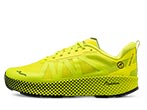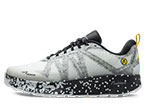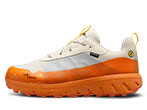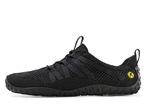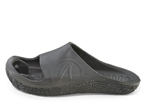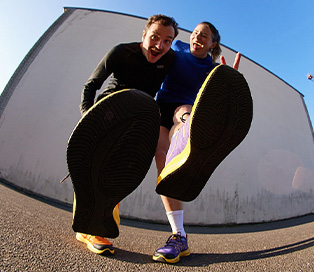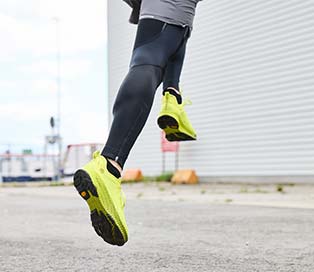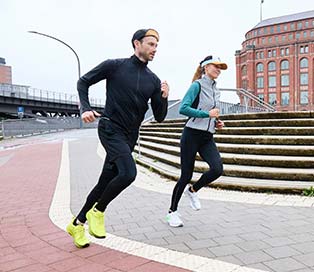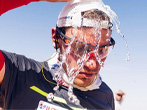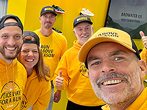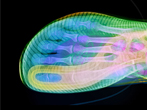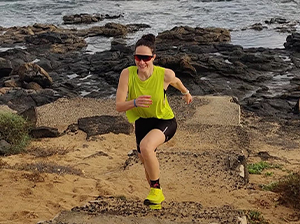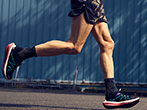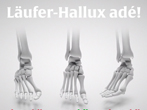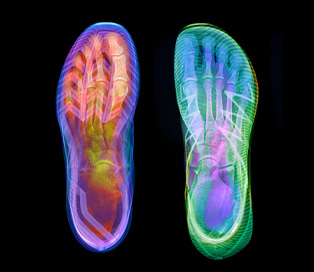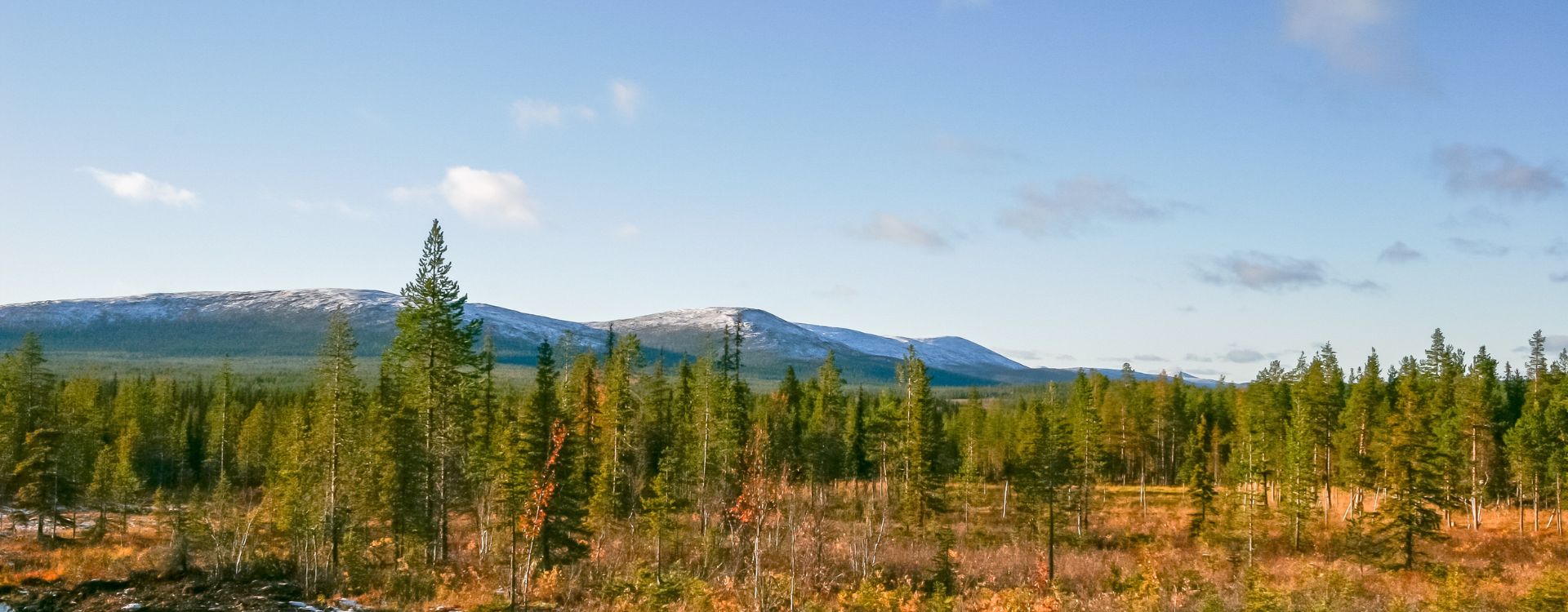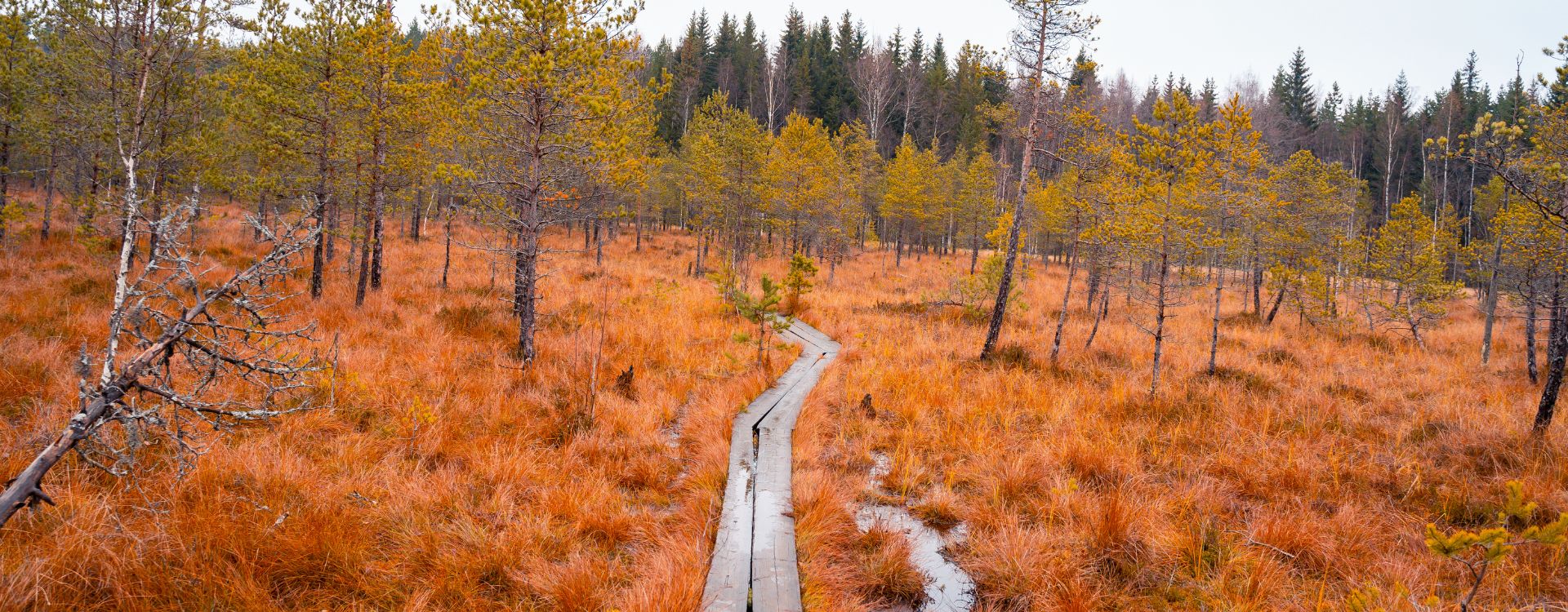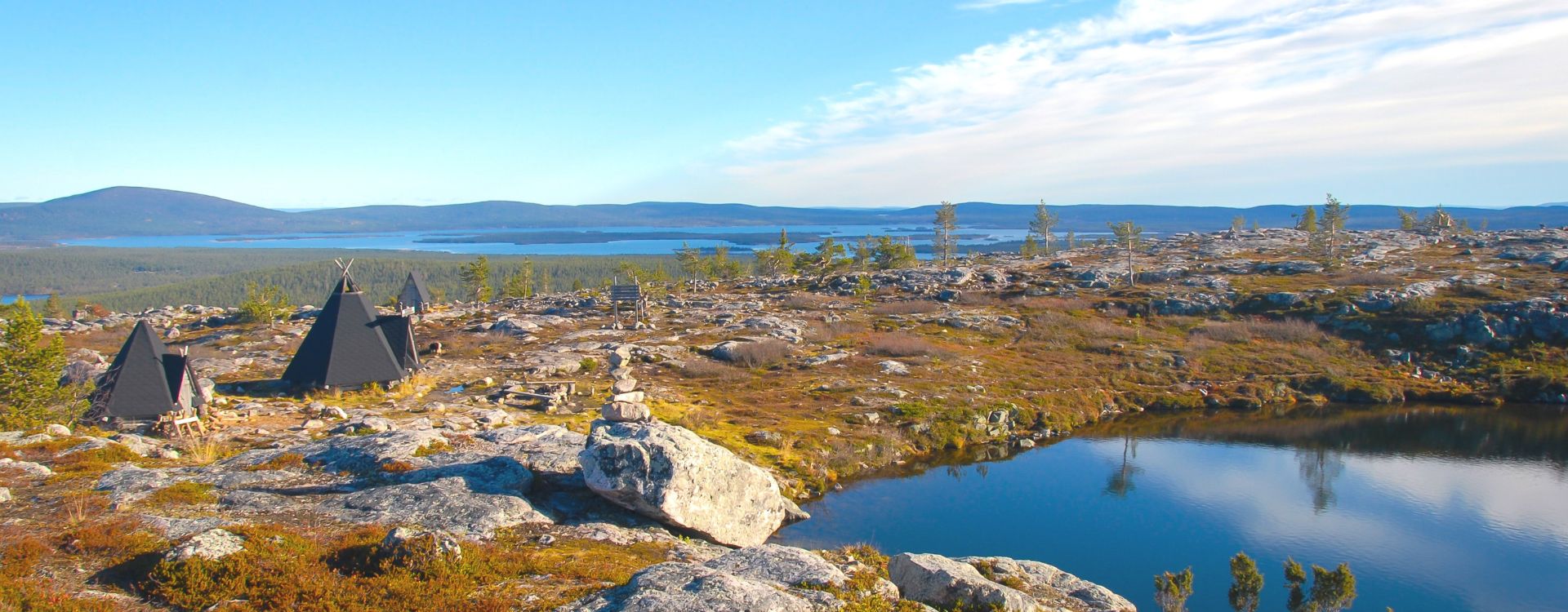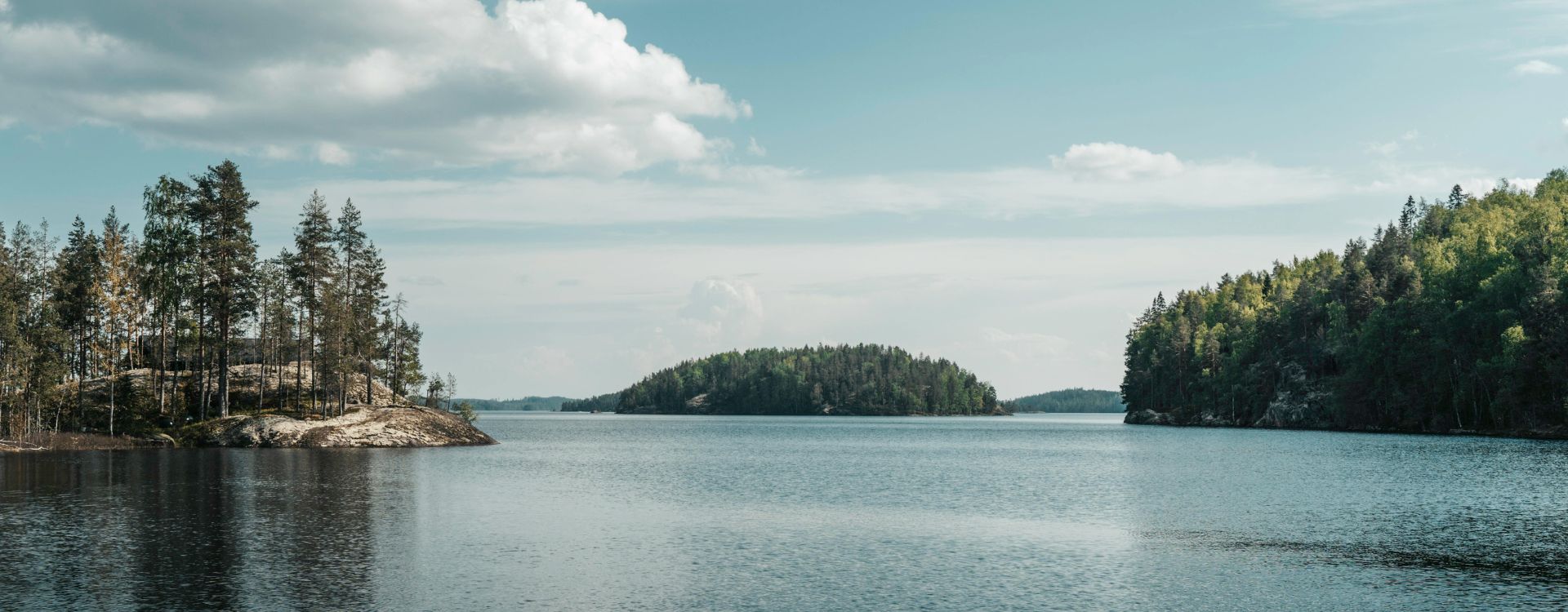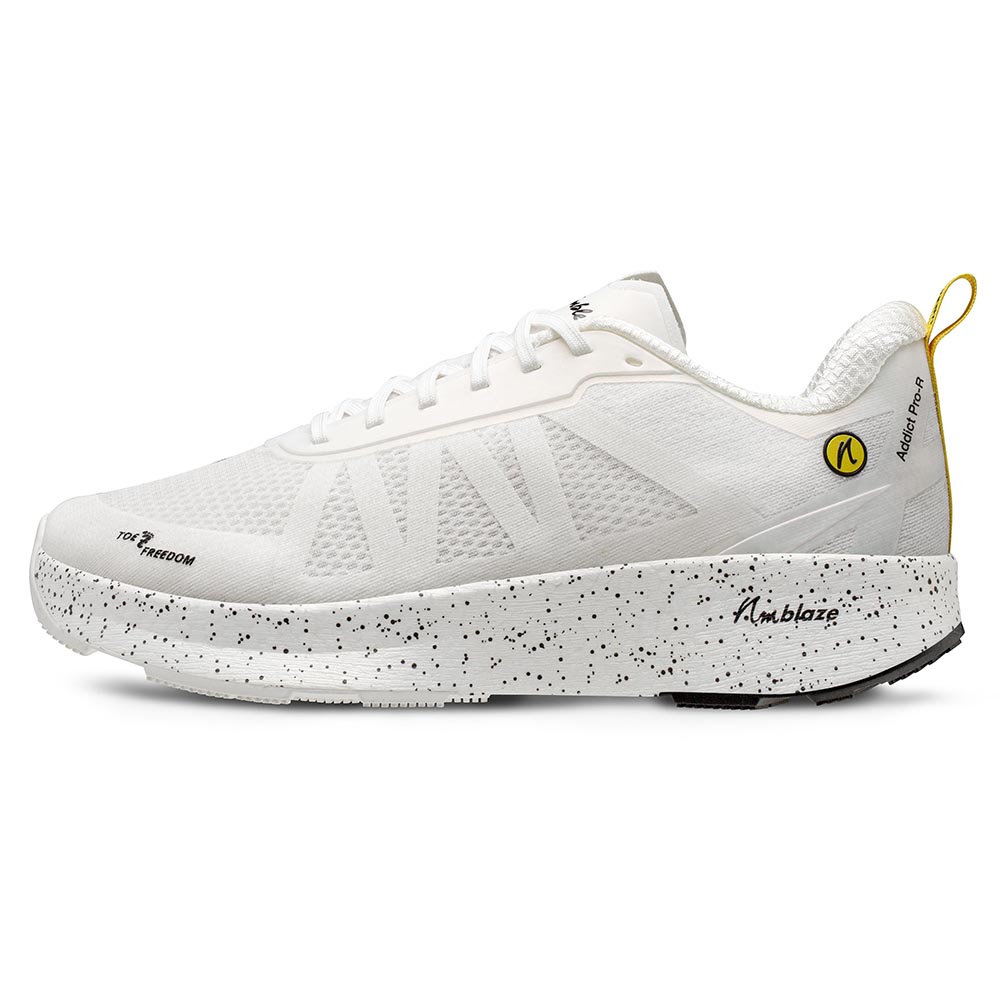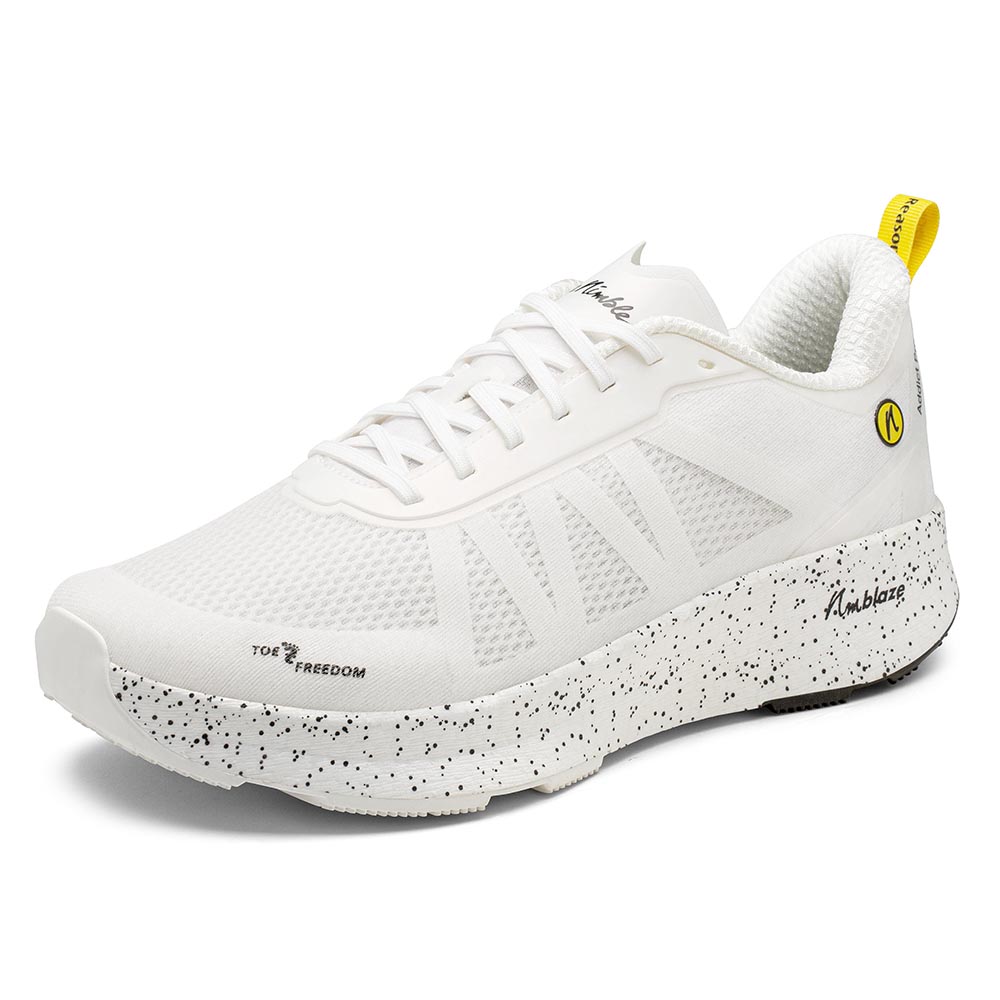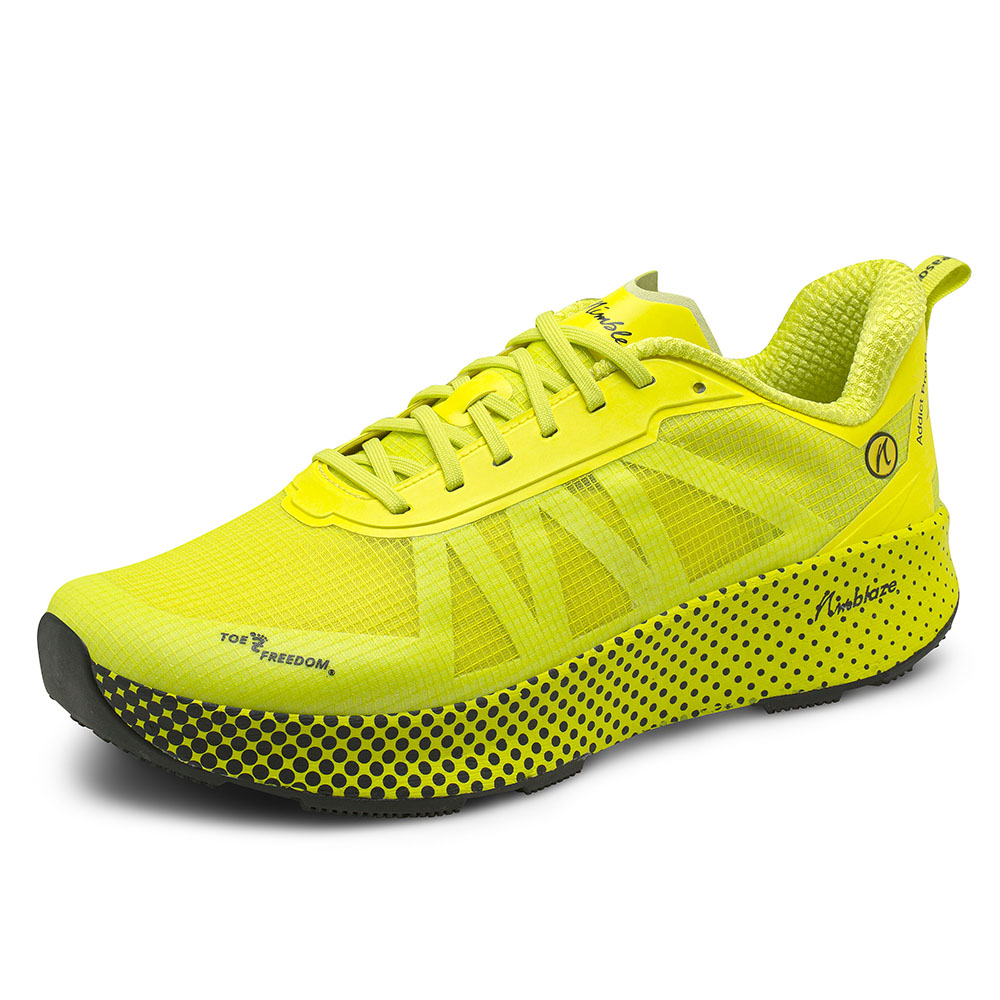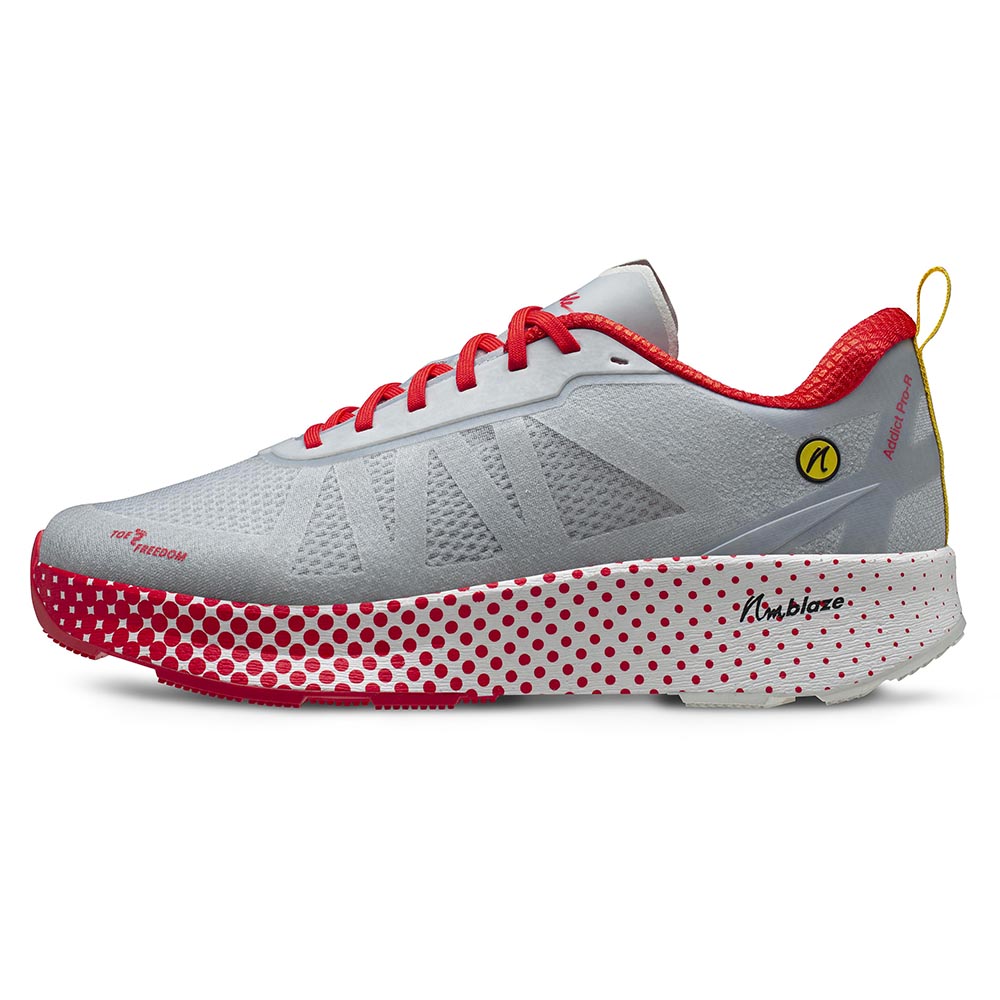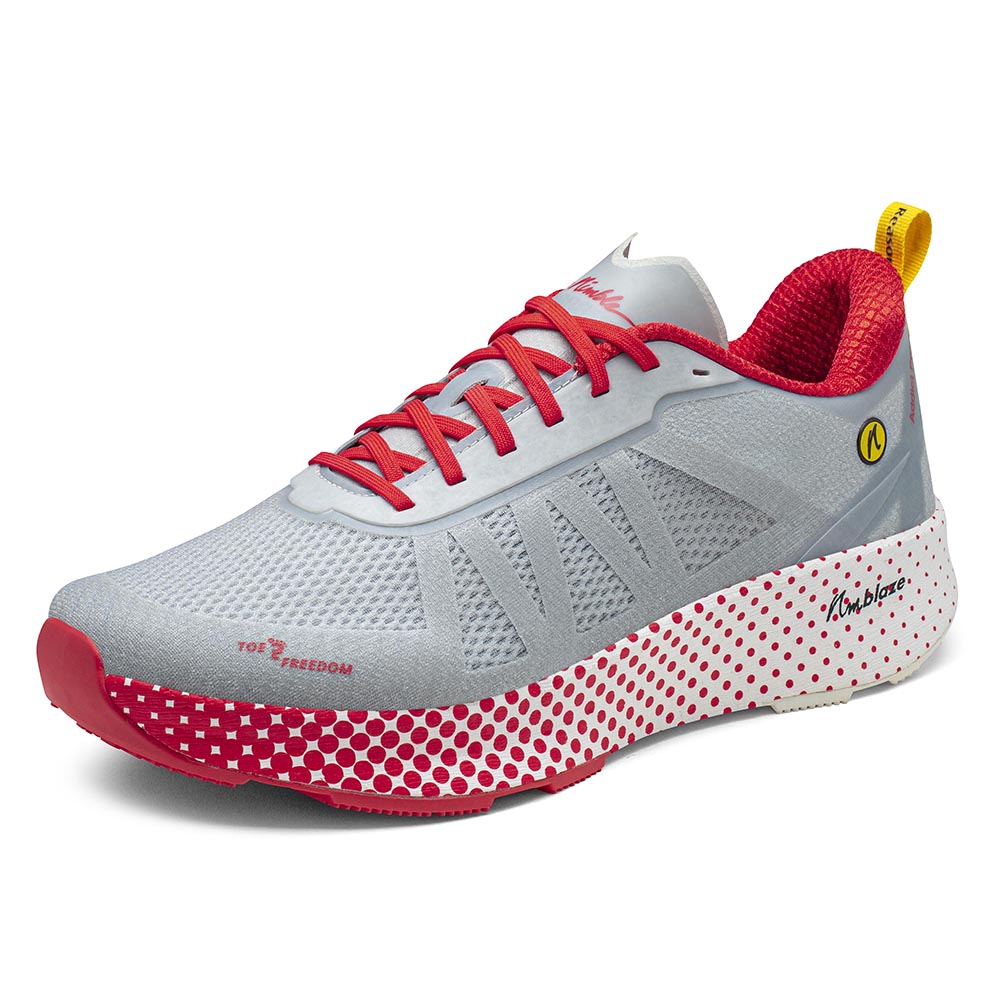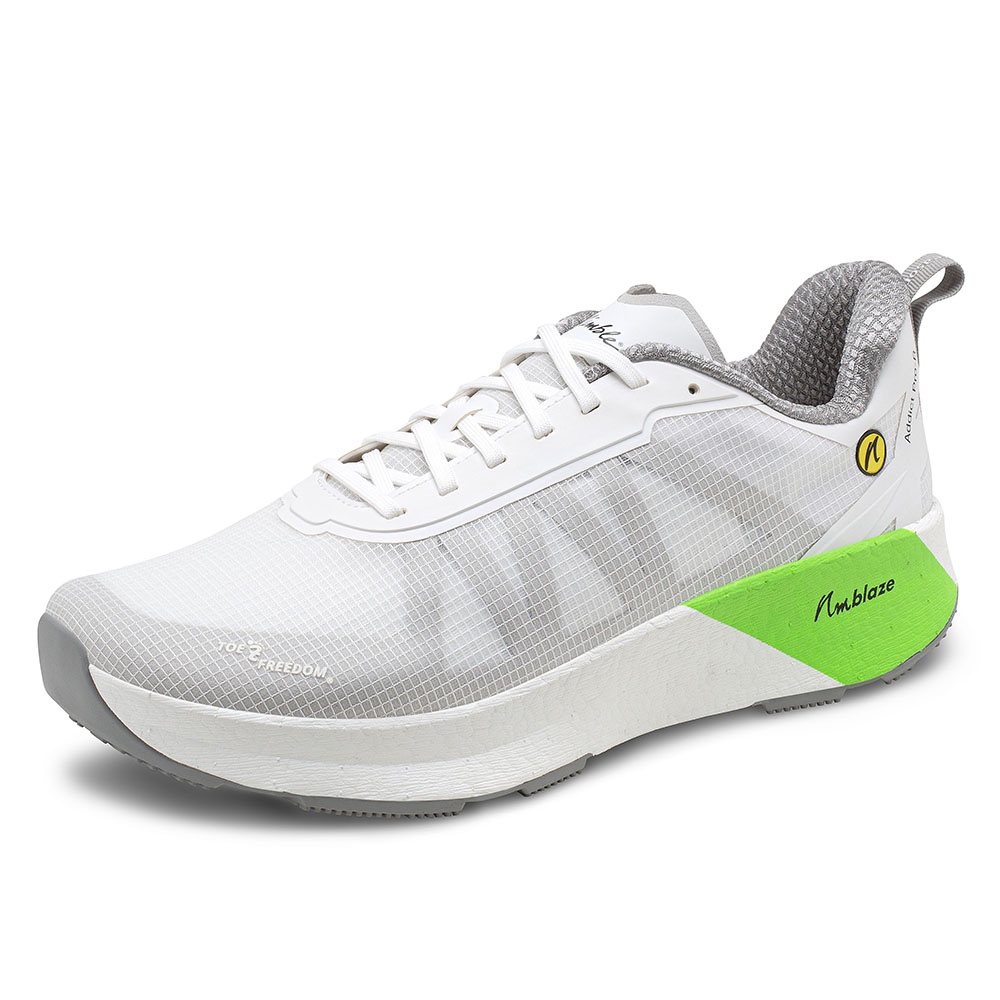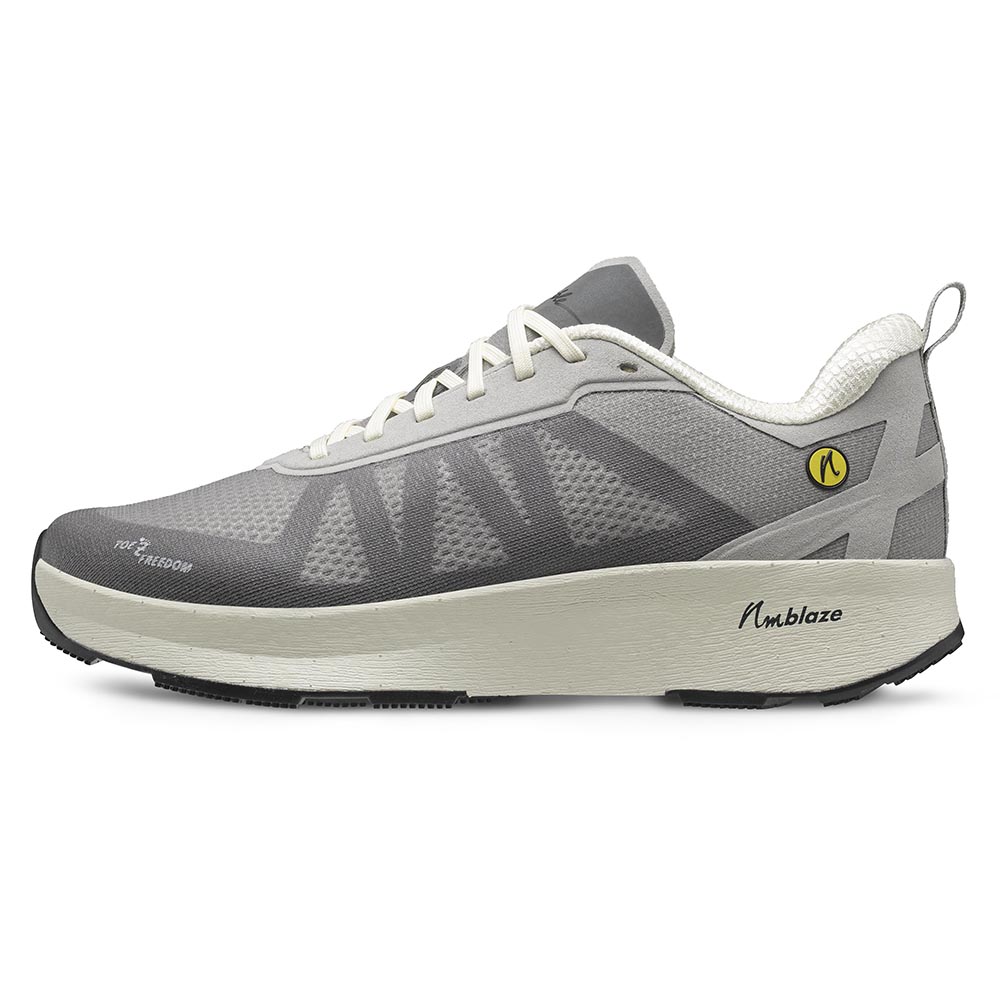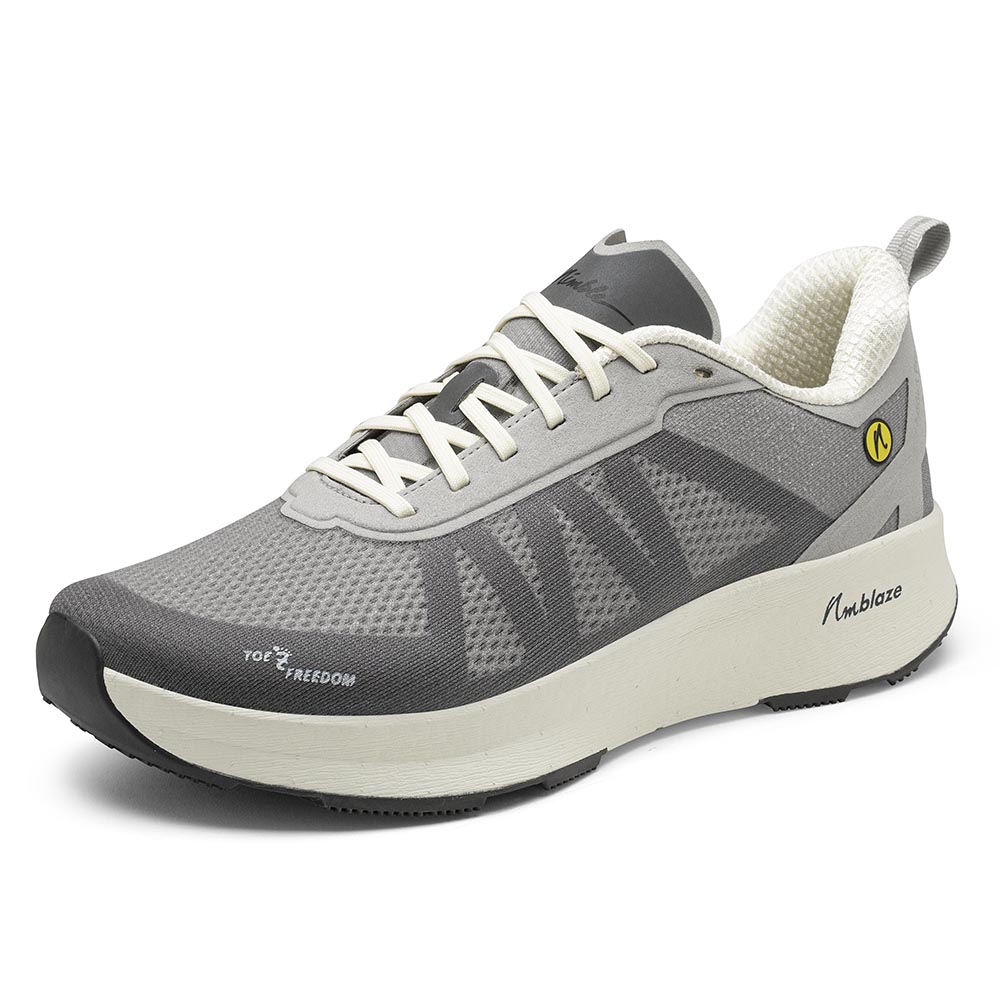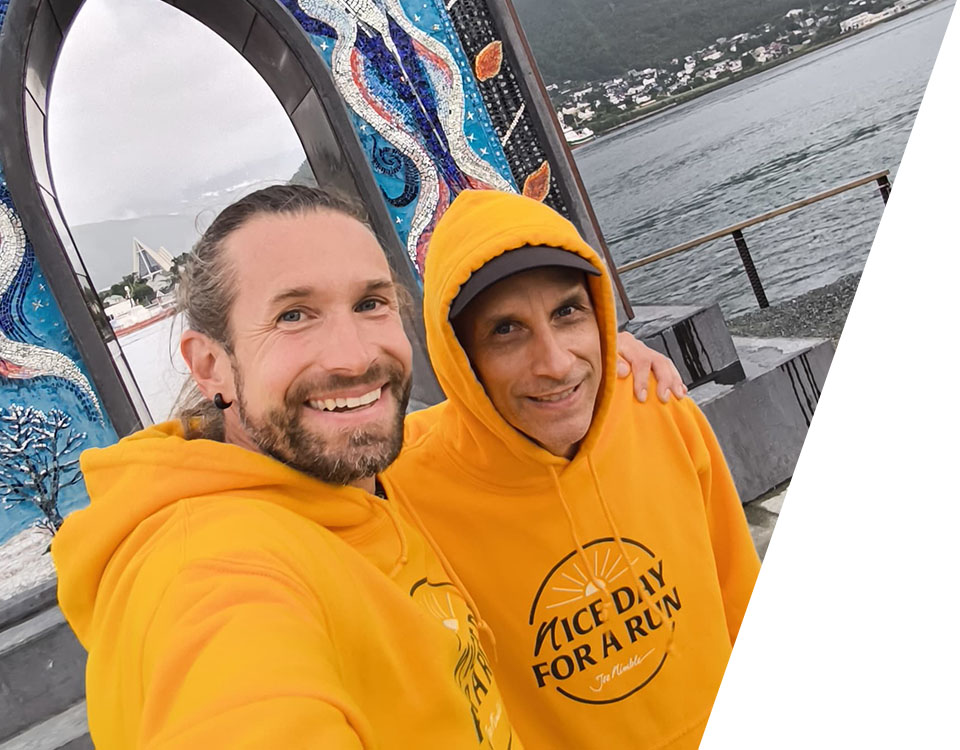
Gröna Bandet FKT
Liveticker
Immerse yourself in the thrilling journey of our athletes Ingo and Jens in the far north! Will they overcome their limits and realize their goals?
Find out on this page in the live ticker where they are and how they are faring on this breathtaking adventure.
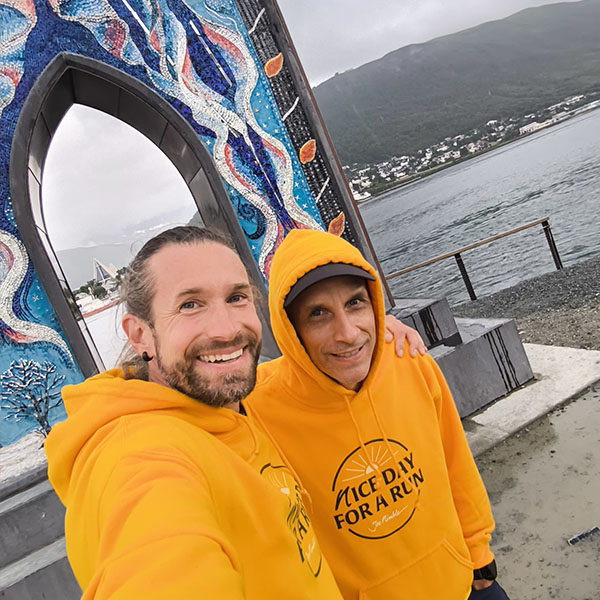
Gröna Bandet FKT
Liveticker
Immerse yourself in the thrilling journey of our athletes Ingo and Jens in the far north! Will they overcome their limits and realize their goals?
Find out on this page in the live ticker where they are and how they are faring on this breathtaking adventure.
Read more about the projectGo to livetickerGo to report
Experience the adventure up close!
Experience the adventure up close!
Find out all about their adventure in the far north!
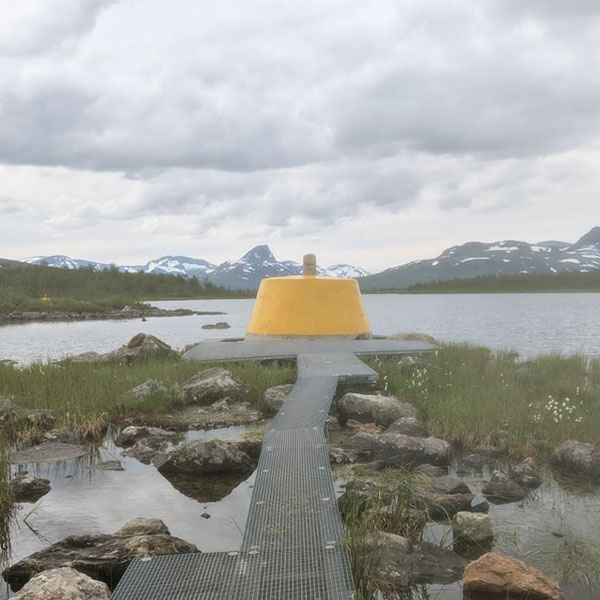
More edge of the world is not possible.
We are off. And everything is different.
On July 28, at 05:04 in the morning, we take off. It's quiet this morning. No countdown. No starting signal. The moment we have been working towards for months feels almost casual. The focus is razor-sharp. The body is fresh. And the landscape: merciless. Scree, snowfields and rivers alternate. The path becomes a stream, a muddy slope, an improvised obstacle course. The bridges that should be there? Some are intact, others look like something left over from the last century: narrow wooden planks, a railing and a warning sign.
And then there are those that are completely missing. We are faced with raging torrents, knee-deep and freezing cold. But we have no choice: we have to get through it. With our clothes and, above all, with our shoes. And then what? We have to carry on in wet socks. The skin begins to soften. The first blisters appear. The trail is already taking its toll.
It happens somewhere in one of the endless scree fields: Ingo gets his foot stuck between two slabs of rock. No spectacular fall, no bang - just a brief moment in which his foot doesn't come out where his body already wants to go. The right thigh rotates, the knee does not.
At first it's just a tug and we walk on together. Ingo's pain remains diffuse, noticeable, but not dominant. In the evening, everything seems to be under control. But on the long climb to the finish hut, somewhere between 8 p.m. and 3 a.m., the pain intensifies. And it's not just the body that reaches its limits, but also the terrain. We are in the middle of a thunderstorm cell, with no protection and no alternative route. The ground is completely soaked, swampy in places, and the trail forces us through swelling streams and rising rivers. Slowing down is too dangerous. We have to cross a mountain to reach the hut. And that means pushing through. No matter how the knee is doing. Once we reach our destination, there's only one thing left to do: sleep. For a few hours. And the hope of a miracle.
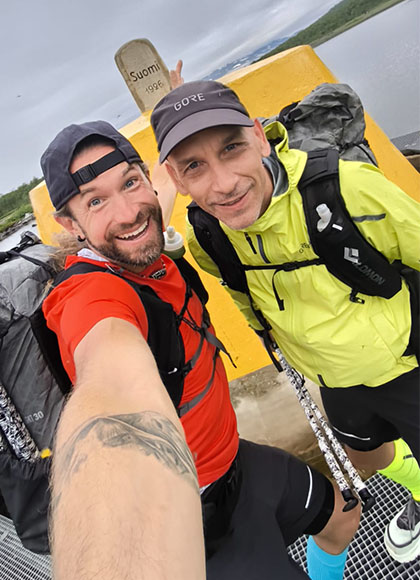
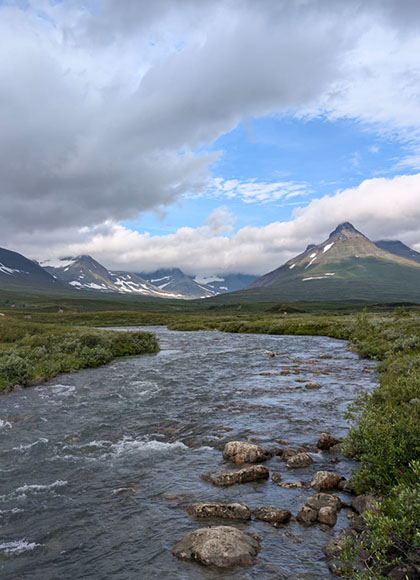
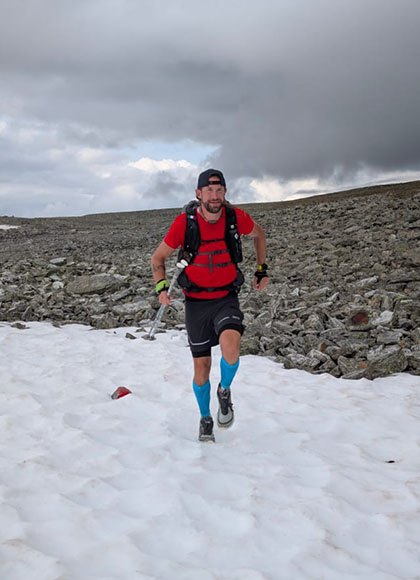
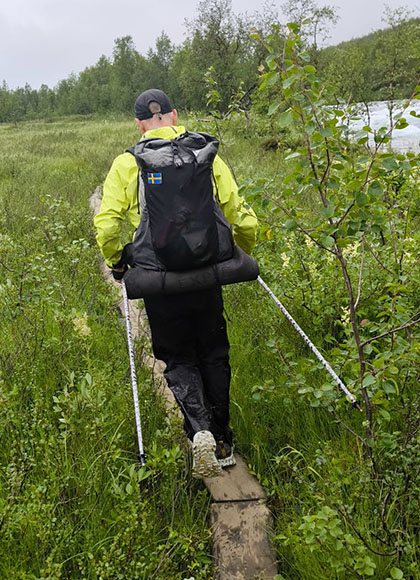
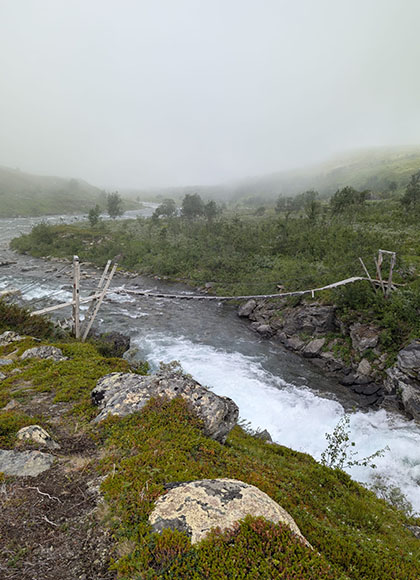
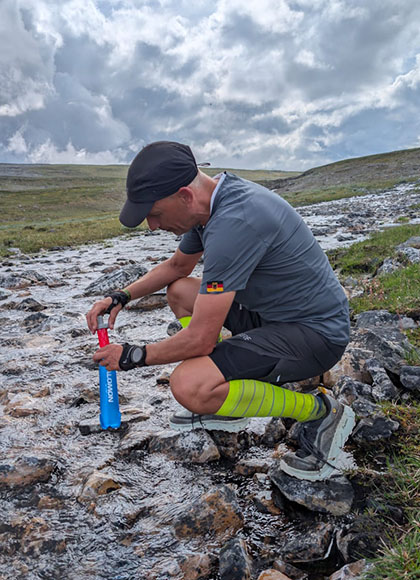
Still works. No longer possible.
The next morning, around half past eight, we shoulder our rucksacks and set off again. New hope. New energy. And for a few hours, things actually go well. Even the trail seems to have mercy for a moment: Instead of scree, snow and ice-cold rivers, it now leads through soft meadows and light birch forests, slightly undulating, almost springy underfoot. In these moments, you realize how little it takes to be happy. The light is enough for us.
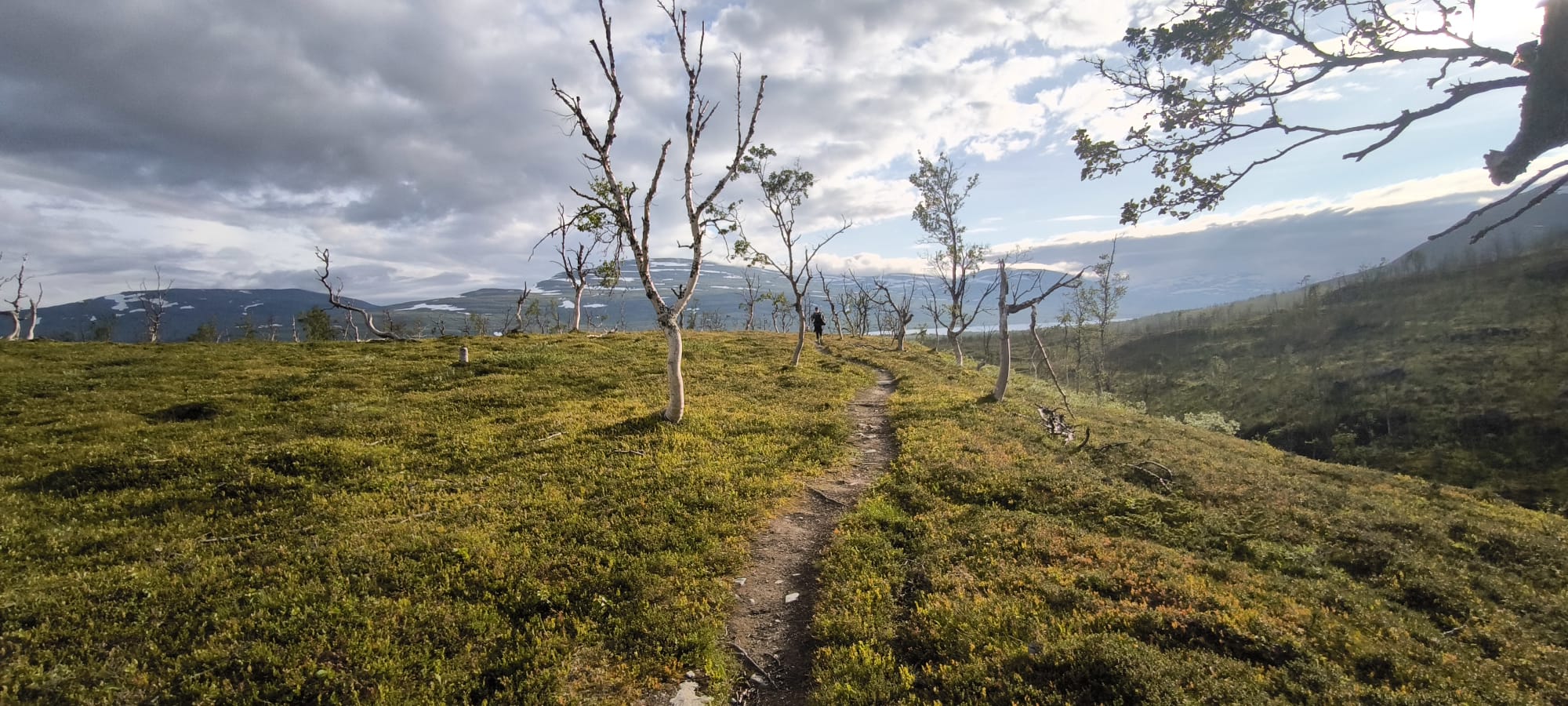
Four kilometers before the planned stage finish, we find an abandoned private hut. We set up camp on the terrace. For the first time since the start, we reach a point with road access. And we know: This is the opportunity.
We decide that our support team will take Ingo by car to the nearest town for a check-up the next morning. Jens will walk on alone - 20 kilometers to the next hut, another 20 to Abisko. We want to meet up again there and discuss the situation.
The plan has changed. But the goal remains the same.
Separate paths: One doctor. One trail.
The sky is overcast and the ground looks more like a wet rivulet than a path. The most difficult part of the day comes early: a stream, swollen from the rain. Once again, there is no way around, only through the middle. After that, everything is wet. The cold draws into the body. A neon yellow rain cape is all that can prevent you from cooling down.
The trail gets lost in the landscape and makes orientation difficult. The photographer has promised sun for the afternoon. There's no sign of it yet, but the idea alone helps. Jens thinks about food. Of family. Of that one moment in the birch forest when the light was suddenly so beautiful that everything made sense, despite all the pain. Humor also helps: because when the head laughs, the legs run a little easier.
The first stage destination is reached around midday: lunch is served in a wooden hut: Noodle soup with chicken and TUC crackers. Delicious. Then it's another 20 kilometers to Abisko, a small town with 131 inhabitants on the southern shore of Lake Torneträsk.
The destination is reached shortly before 8pm. The Garmin shows 58 kilometers for the day.
Together, they decide to take a break the next day and adjust their strategy.
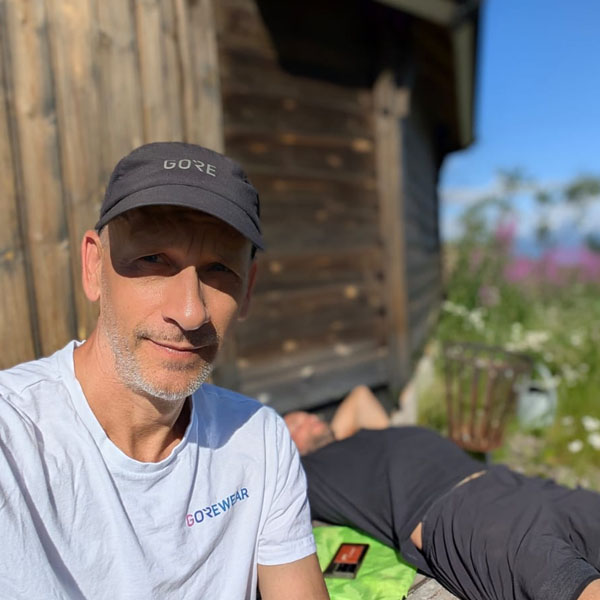
Recovery. Sun. Coffee.
Find out all about their adventure in the far north!

More edge of the world is not possible.
We are off. And everything is different.
On July 28, at 05:04 in the morning, we take off. It's quiet this morning. No countdown. No starting signal. The moment we have been working towards for months feels almost casual. The focus is razor-sharp. The body is fresh. And the landscape: merciless. Scree, snowfields and rivers alternate. The path becomes a stream, a muddy slope, an improvised obstacle course. The bridges that should be there? Some are intact, others look like something left over from the last century: narrow wooden planks, a railing and a warning sign.
And then there are those that are completely missing. We are faced with raging torrents, knee-deep and freezing cold. But we have no choice: we have to get through it. With our clothes and, above all, with our shoes. And then what? We have to carry on in wet socks. The skin begins to soften. The first blisters appear. The trail is already taking its toll.
It happens somewhere in one of the endless scree fields: Ingo gets his foot stuck between two slabs of rock. No spectacular fall, no bang - just a brief moment in which his foot doesn't come out where his body already wants to go. The right thigh rotates, the knee does not.
At first it's just a tug and we walk on together. Ingo's pain remains diffuse, noticeable, but not dominant. In the evening, everything seems to be under control. But on the long climb to the finish hut, somewhere between 8 p.m. and 3 a.m., the pain intensifies. And it's not just the body that reaches its limits, but also the terrain. We are in the middle of a thunderstorm cell, with no protection and no alternative route. The ground is completely soaked, swampy in places, and the trail forces us through swelling streams and rising rivers. Slowing down is too dangerous. We have to cross a mountain to reach the hut. And that means pushing through. No matter how the knee is doing. Once we reach our destination, there's only one thing left to do: sleep. For a few hours. And the hope of a miracle.






Still works. No longer possible.
The next morning, around half past eight, we shoulder our rucksacks and set off again. New hope. New energy. And for a few hours, things actually go well. Even the trail seems to have mercy for a moment: Instead of scree, snow and ice-cold rivers, it now leads through soft meadows and light birch forests, slightly undulating, almost springy underfoot. In these moments, you realize how little it takes to be happy. The light is enough for us.

Four kilometers before the planned stage finish, we find an abandoned private hut. We set up camp on the terrace. For the first time since the start, we reach a point with road access. And we know: This is the opportunity.
We decide that our support team will take Ingo by car to the nearest town for a check-up the next morning. Jens will walk on alone - 20 kilometers to the next hut, another 20 to Abisko. We want to meet up again there and discuss the situation.
The plan has changed. But the goal remains the same.
Separate paths: One doctor. One trail.
The sky is overcast and the ground looks more like a wet rivulet than a path. The most difficult part of the day comes early: a stream, swollen from the rain. Once again, there is no way around, only through the middle. After that, everything is wet. The cold draws into the body. A neon yellow rain cape is all that can prevent you from cooling down.
The trail gets lost in the landscape and makes orientation difficult. The photographer has promised sun for the afternoon. There's no sign of it yet, but the idea alone helps. Jens thinks about food. Of family. Of that one moment in the birch forest when the light was suddenly so beautiful that everything made sense, despite all the pain. Humor also helps: because when the head laughs, the legs run a little easier.
The first stage destination is reached around midday: lunch is served in a wooden hut: Noodle soup with chicken and TUC crackers. Delicious. Then it's another 20 kilometers to Abisko, a small town with 131 inhabitants on the southern shore of Lake Torneträsk.
The destination is reached shortly before 8pm. The Garmin shows 58 kilometers for the day.
Together, they decide to take a break the next day and adjust their strategy.

